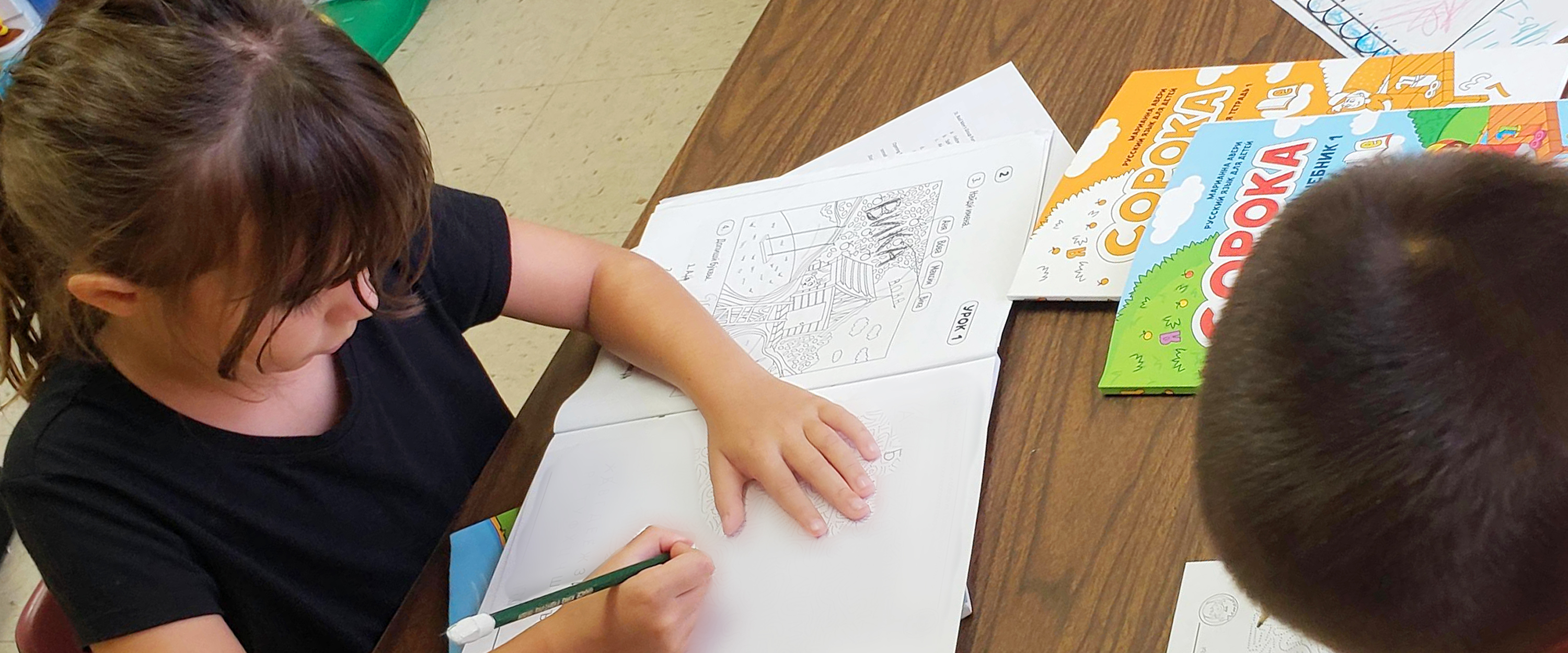Dictations are an excellent practice for our students. Dictations require a lot of skills: You need to hear, recognize, write — look how many skills are worked on simultaneously!
I usually carry out dictations at the end of the class, before the final game. By this time my students have already reviewed the words necessary for the dictation.
There are different types of dictations. There are simple dictations. A teacher dictates and a student writes. You can dictate words and sentences. When you start the Soroka Course, you dictate words only.
Continue reading “Why Do We Need Dictations?”




